The media, advertisers, politicians, and even some hearing care professionals talk about hearing aids as if they are simply a gadget. In this fantasy world, you walk into the Verizon Hearing Aid store and pick out your new hearing aids as if you’re picking out your new cell phone. However, hearing aids ARE NOT simply gadgets. They are two complex computers that are taking a constant picture of the soundscape in your environment and using what they know about your hearing loss to decide what will help you hear the best during every micro-second of your day.

Let’s imagine for a moment that cell phones worked like hearing aids… you walk into the AT&T store looking for a new cell phone.
The salesperson first has to perform a detailed retinal scan so that you can see your screen properly when you look at it. Some salespeople will have taken a six-week certificate course to learn how to do this scan, others will have gone to graduate school to learn about the eye, how sight works in the brain, and how to maximize what your retina can see when you are looking at your phone screen. (Pro Tip – this is the difference between Hearing Aid Dispensers and Audiologists!)
You are presented with several different cell phones to choose from that vary in cost. Some have a screen that only has a few colors and poor resolution, some have more colors and better resolution, and the premium screens have full spectrum color and excellent resolution so that you can watch movies on it and take beautiful photographs. Which one will work best for you? It probably depends on what you want to get out of your cell phone and how important those things are to you, and of course your budget.
 Let’s say you opt for the premium phone because you’re excited to be able to use FaceTime. You get your new cell phone home and dial. Hmmmm… it turns out that the screen doesn’t seem to be calibrated quite right for your retina. The edges of the screen are discolored and fuzzy, and there are a couple of blank spots here and there. Back to the AT&T store you go. The technician can’t see your screen the way you do, because she can’t see it through your retina, so she makes a couple of adjustments, and you go home and try it again.
Let’s say you opt for the premium phone because you’re excited to be able to use FaceTime. You get your new cell phone home and dial. Hmmmm… it turns out that the screen doesn’t seem to be calibrated quite right for your retina. The edges of the screen are discolored and fuzzy, and there are a couple of blank spots here and there. Back to the AT&T store you go. The technician can’t see your screen the way you do, because she can’t see it through your retina, so she makes a couple of adjustments, and you go home and try it again.  It seems better, but when you go into a low-light situation, you can’t see a thing on the screen at all. You head back to the AT&T store and they make some more adjustments. Better, but it’s hard to see the top of the screen… the bottom looks good. Back to the AT&T store you go.
It seems better, but when you go into a low-light situation, you can’t see a thing on the screen at all. You head back to the AT&T store and they make some more adjustments. Better, but it’s hard to see the top of the screen… the bottom looks good. Back to the AT&T store you go.
After several more visits, your phone is working just the way you want it to, but suddenly one day, the screen stops working at all. Turns out that the screen technology fades over time, so it needs to be cleaned and refreshed every three or four months. Back to the AT&T store with you for regular maintenance! In addition to all of this, your retina changes over time, so every year or so, you have to get a new retinal scan and have your screen re-calibrated so that you can continue to get the best quality out of it.

If cell phones actually worked like this, how expensive do you think they’d be? Cell phone providers would either have to charge you every time you came in to have your cell phone adjusted, or they’d have to make the cell phone a lot more expensive to cover all the time and materials and know-how that would go into keeping it working well for you. If you have purchased your hearing aids from a clinician who operates on the “gadget” model – chances are you are not getting everything you should out of your devices! Get thee to a better audiologist!!
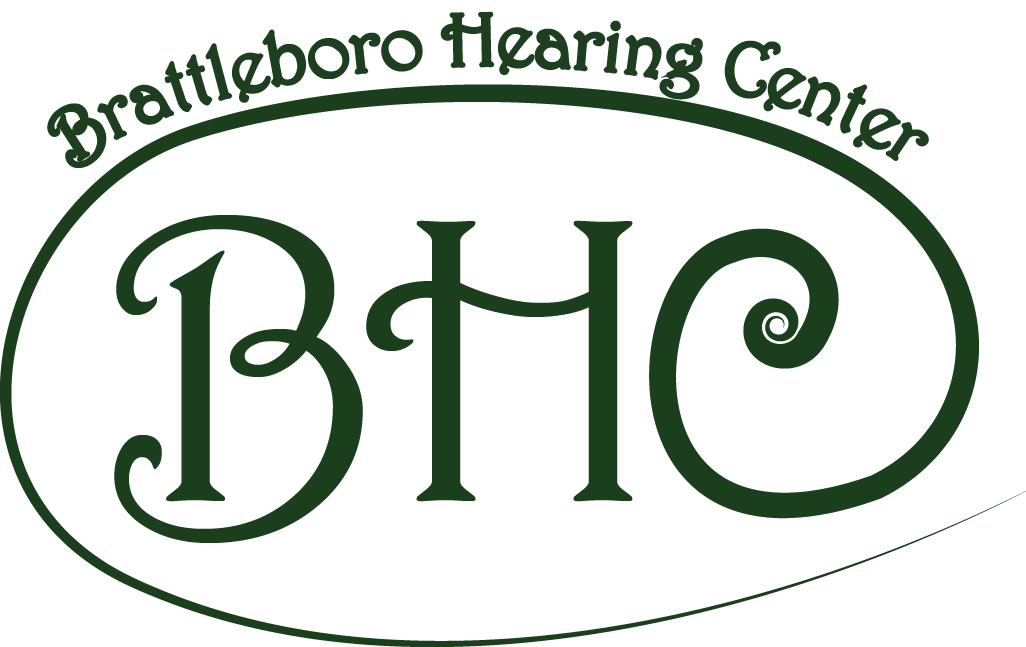
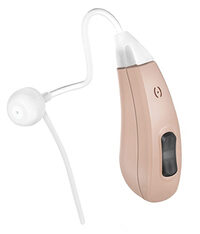
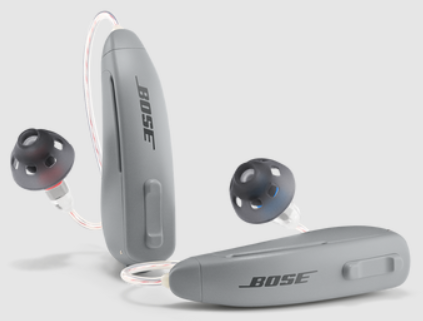

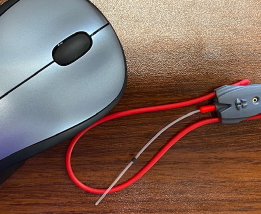 Audiologists use “Real Ear Measurement” systems to accomplish this. There are several “Real Ear” systems on the market, and they all work in basically the same way. A small tube is inserted into the ear canal with the hearing aid. This is a microphone that records the sound coming out of the aid. The patient sits in front of a speaker that emits sound (usually a sentence about a carrot, of all things!) and the microphone picks up the sound and displays it on a graph for the audiologist to see. From there, the audiologist can use the hearing aid software to adjust the amplification in the aid until it meets the needs of the patient.
Audiologists use “Real Ear Measurement” systems to accomplish this. There are several “Real Ear” systems on the market, and they all work in basically the same way. A small tube is inserted into the ear canal with the hearing aid. This is a microphone that records the sound coming out of the aid. The patient sits in front of a speaker that emits sound (usually a sentence about a carrot, of all things!) and the microphone picks up the sound and displays it on a graph for the audiologist to see. From there, the audiologist can use the hearing aid software to adjust the amplification in the aid until it meets the needs of the patient.

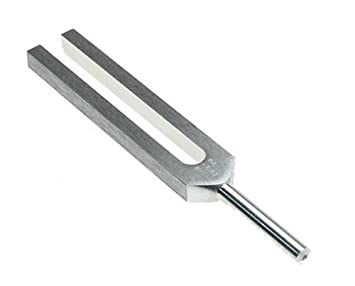 Tuning fork tests can help tell your doctor where the problem is in the ear system. There are a couple of different tests that are used; sometimes the tuning fork will be placed next to your ear, and sometimes it will be placed on the bone behind your ear, or on top of your head.
Tuning fork tests can help tell your doctor where the problem is in the ear system. There are a couple of different tests that are used; sometimes the tuning fork will be placed next to your ear, and sometimes it will be placed on the bone behind your ear, or on top of your head.